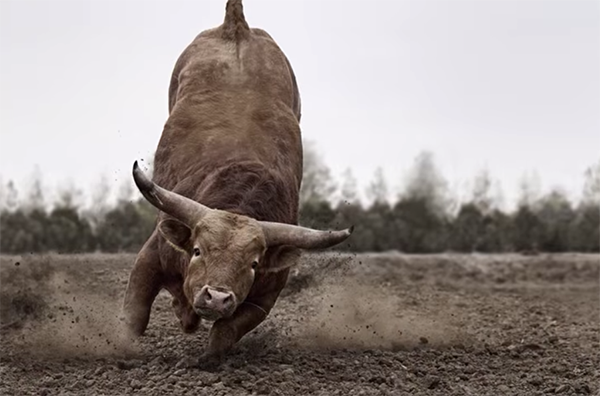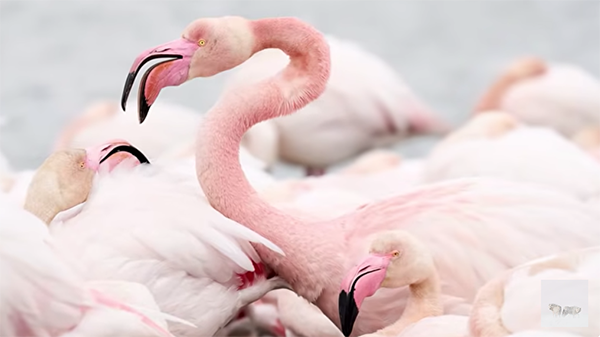Use ISO Creatively for Photos with a Signature Look (VIDEO)
Today we’ll let you in on what one pro calls an “untold secret about ISO in photography:” namely, there’s far more to this concept than finding a correct exposure. This isn’t your standard “what is ISO” video, because it goes beyond the basics to help you create a unique style that sets your imagery apart from the rest.
Instructor Ejaz Khan is an experienced pro who travels the globe and makes how-to videos that simplify complex tasks into actionable step for blending artistic flair with practical skills. Here’s how he summarizes this comprehensive tutorial: “I’ll show you how to use ISO intentionally to shape emotion, texture, and your own signature look.”

The bottom is this: Whether you’re shooting landscapes, environmental portraits, street scenes, or wildlife imagery, there are techniques for using ISO to enhance mood, grit, nostalgia, and depth—all before pressing the shutter button.
Khan begins with an overview of how ISO works in the camera, the untapped power these setting provide, and why underexposure actually causes more noise than high ISO itself. He also explains that ISO is one of the most misunderstood settings because most photographers employ it reactively, rather than with artistry in mind.
He also describes the most common ISO mistakes, like cropping high ISO image, sacrificing shutter speed, and the truth about ISO and noise—with straightforward solutions to these and other familiar challenges. And you’ll see why Khan says, “sharpness always beats clean.”

In summary, ISO can be a stylistic brushstroke for your unique photographic identity. What it’s NOT is an exposure backup plan, nor is it always what the camera says. Now it’s time to hit the “Play” button below and learn how to master ISO and make it your creative fingerprint.
There’s much more to learn for photographers of all skill levels on Khan’s instructional YouTube channel.
We also encourage you to watch the recent tutorial we featured with another accomplished pro who reveals one depth-of-field setting that 90% of beginners get wrong. He then demonstrates how taking the correct approach “will instantly transform your photography.”





